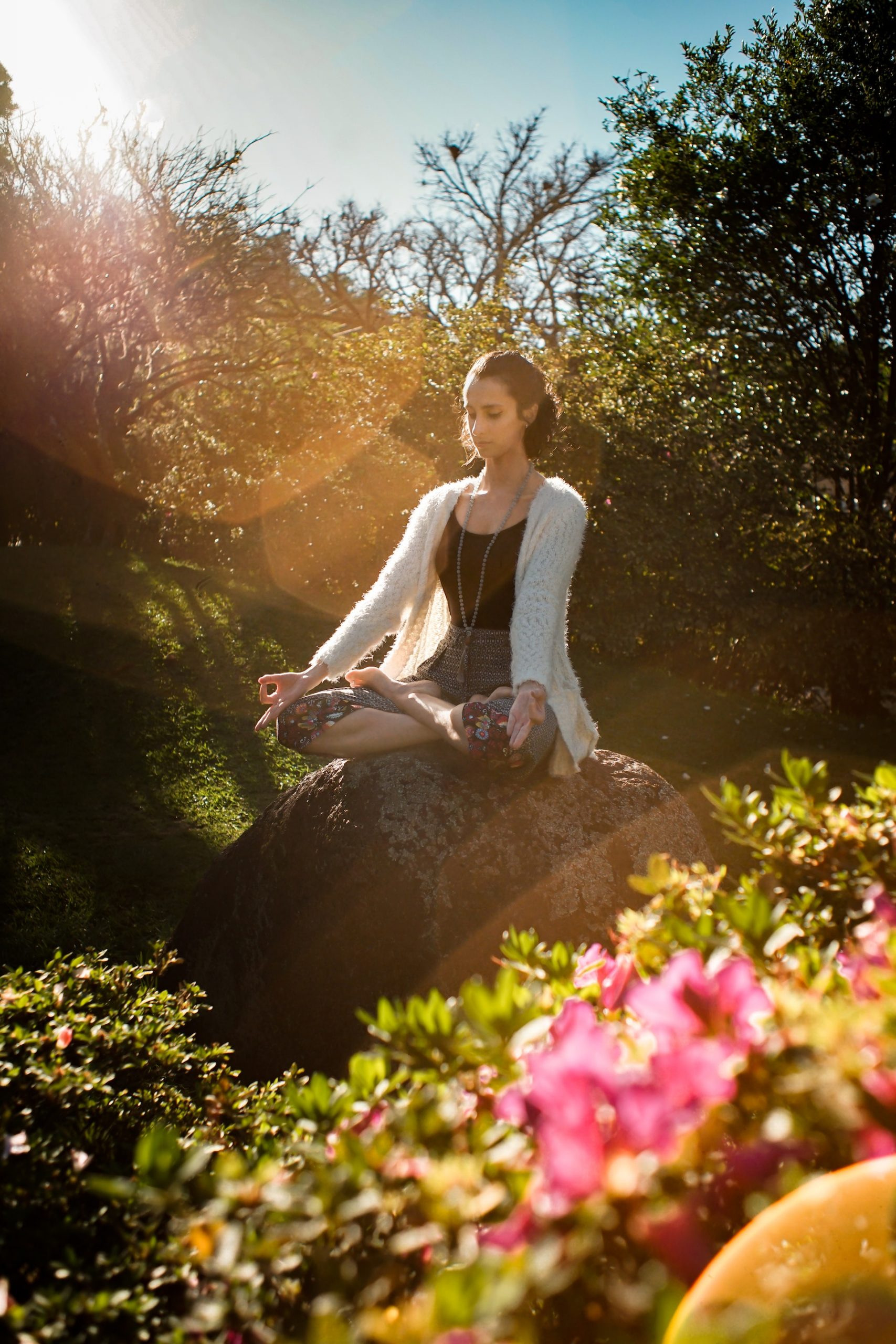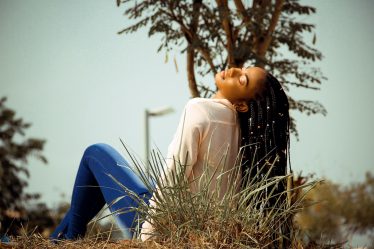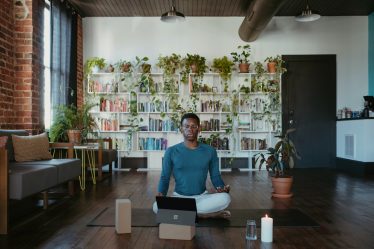
Guided imagery is a therapeutic technique that taps into the mind’s creative power to promote relaxation, reduce stress, and facilitate healing. Also known as visualization or guided meditation, this practice involves using vivid and detailed mental images to evoke positive sensations and emotions. Guided imagery has been used for centuries across different cultures to enhance well-being and achieve a deeper connection with the self. In this article, we will explore what this technique is, how it works, and its various applications in the realms of physical and mental health.
Cover photo by Felipe Borges
Understanding Guided Imagery
Guided imagery is a form of focused concentration that allows individuals to create and explore mental scenarios in their minds. These scenarios may include serene natural settings, peaceful environments, or healing landscapes. With the guidance of a trained practitioner, audio recordings, or written scripts, individuals are led through vivid visualizations to elicit specific sensations and emotions.
The Mechanism
Guided imagery works on the principle that the mind and body are interconnected. When we imagine something vividly, our brain responds as if it were experiencing the event in reality. For example, visualizing a calm ocean scene can trigger relaxation responses, leading to reduced heart rate and decreased stress hormones.
Benefits
Stress Reduction. Guided imagery promotes relaxation, helping to alleviate stress and anxiety. It activates the body’s relaxation response, leading to reduced muscle tension and a sense of calm.
Enhanced Focus and Concentration. Regular practice of guided imagery can improve focus and attention, as it requires concentration and mental clarity.
Pain Management. Guided imagery has been used as a complementary approach to manage chronic pain by redirecting attention away from pain signals.
Emotional Healing. Guided imagery can help individuals process emotions and find healing by creating nurturing mental spaces.
Improved Sleep. Engaging in guided imagery before bedtime can promote better sleep and a more restful state.
The Guided Imagery Process
Preparation. Find a quiet and comfortable space where you won’t be disturbed. Close your eyes and take a few deep breaths to center yourself.
Visualization. Listen to a guided imagery recording or read a script that resonates with you. Follow the instructions to create a vivid mental image.
Sensory Engagement. Engage all your senses in the visualization, focusing on details such as colors, textures, sounds, and scents.
Emotional Connection. Allow yourself to experience the emotions that arise during the imagery. Embrace positive feelings and explore any emotional healing that may occur.
Repetition and Practice. Consistent practice enhances the effectiveness of guided imagery. Incorporate it into your daily routine for maximum benefits.
Guided Imagery and Health
Guided imagery is increasingly integrated into various healthcare settings as a complementary approach to support healing and well-being. It is used in pain management, cancer care, stress reduction and as a tool for coping with chronic illnesses.
Conclusion
Guided imagery is a powerful tool that harnesses the mind’s creative capacity to improve overall well-being. Through the art of visualization everyone can explore realms of relaxation, healing and emotional balance. By engaging all the senses, guided imagery brings about a profound connection between the mind and body.
Whether you are seeking stress reduction, emotional healing, or enhanced focus, it offers a gentle yet transformative path to inner exploration and self-discovery. Embrace the therapeutic potential of guided imagery and embark on a journey of healing, transformation and inner harmony.


